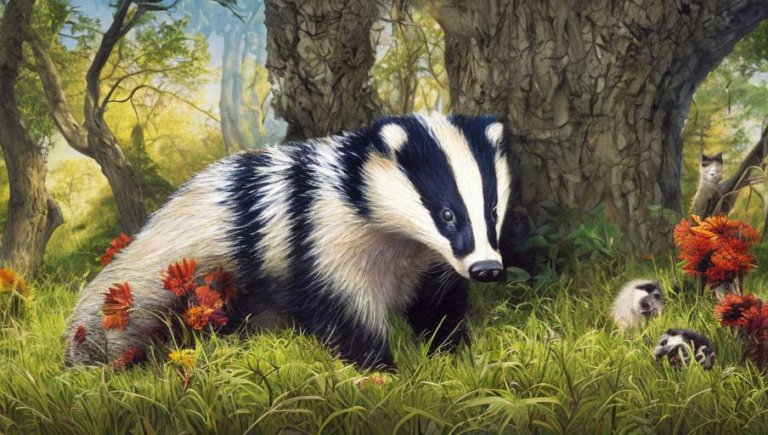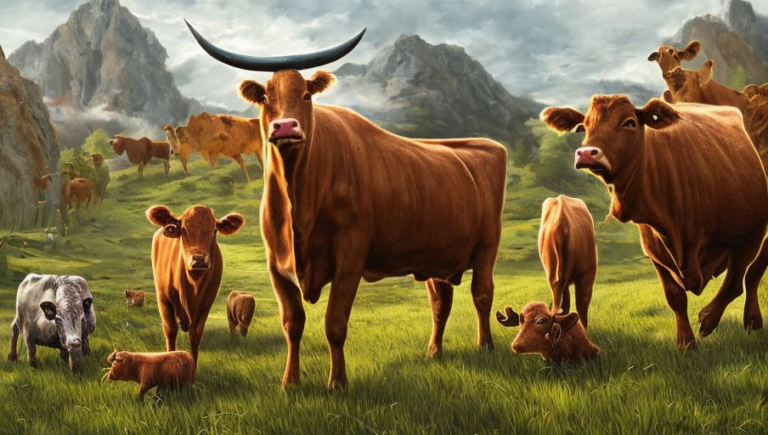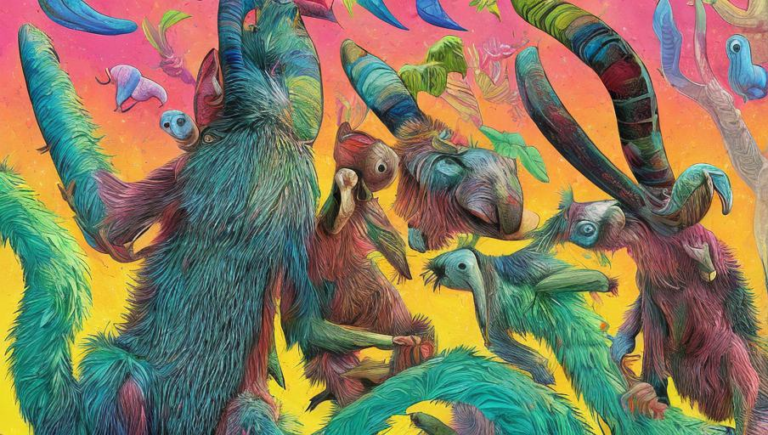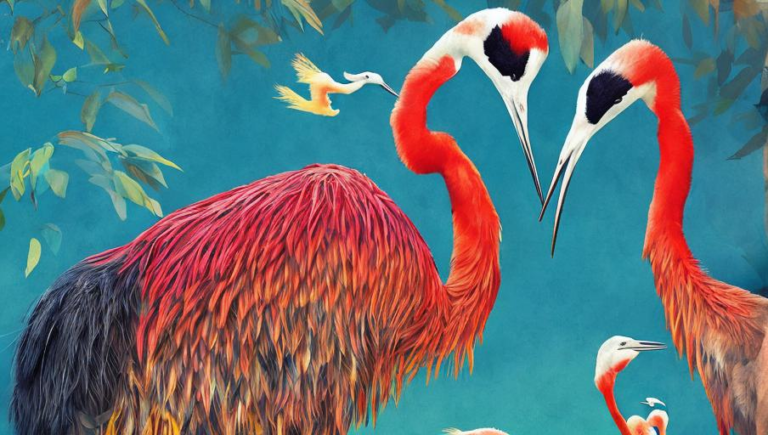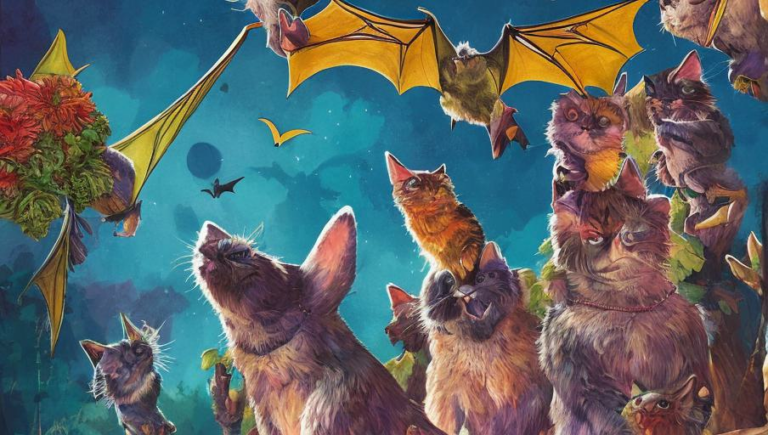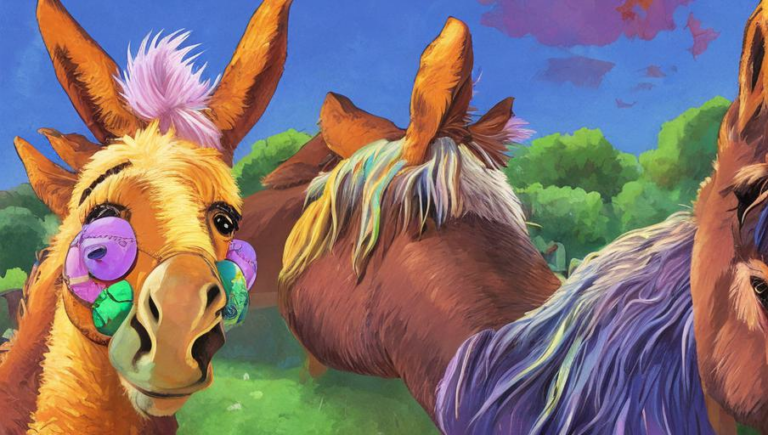Captivating Curlews: An Exploration of their Behavior and Habits
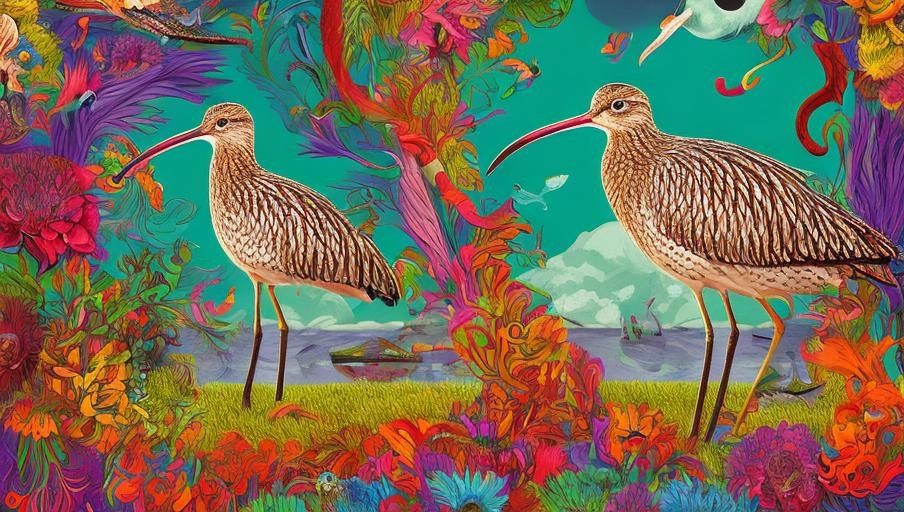
Introduction
The curlew is an intriguing bird species that is known for its long, curved bill and its vocal, haunting call. These birds can be found in wet, marshy areas such as estuaries, coasts and wetlands, often in large flocks. They are migratory birds that travel long distances in search of food and shelter. Curlews are often seen in pairs or small groups, but during winter, they can be seen in larger flocks, especially in the evening.
Behavior and Habits
Curlews are ground-dwelling birds, usually found in open grasslands and wet meadows. They feed on insects, worms and small mollusks, as well as vegetation and seeds. During the breeding season, curlews form pairs and build nests on the ground. The nests are typically lined with vegetation and grasses. They also use their long bills to dig burrows in the ground to protect their eggs.
Curlews are known for their loud, distinctive calls. The call of a curlew can be heard up to two miles away, and they use it to communicate with each other and to mark their territory. During the breeding season, the male curlew uses its call to attract a mate. The female curlew responds with a softer call, which is a sound of recognition.
Conservation Status
The curlew is a species of conservation concern, as their numbers have drastically declined due to habitat loss and fragmentation. They are also threatened by predation from other animals, such as foxes and cats. In addition, some curlews are killed by hunters, who mistake them for other species of birds. As a result, their population has decreased significantly over the last few decades.
In order to help protect the curlew, conservationists are working to create protected areas and to limit hunting. Additionally, they are conducting research to better understand the species and their habitat needs. By doing this, they can work towards ensuring that the curlew population recovers and remains stable.
Conclusion
The curlew is a fascinating species with an amazing set of behaviors and habits. They are a species of conservation concern, and it is important that we take steps to protect their habitat and to ensure their population remains stable. By understanding their needs and working to create protected areas, we can ensure that the curlew continues to thrive for generations to come.
